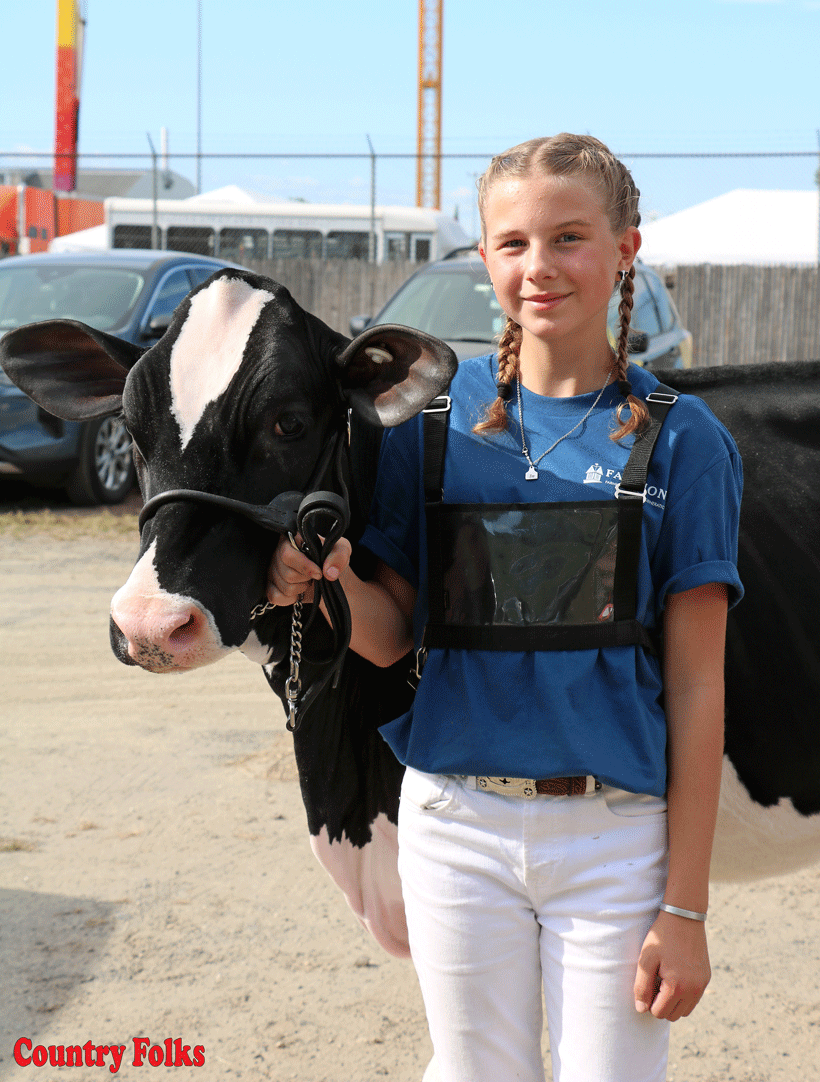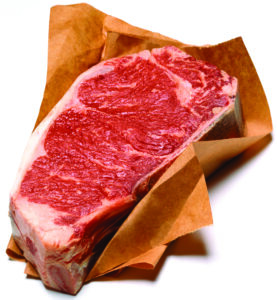
Over the last 15 years, I have become a super believer in winter forages. Winter forages – small grains planted during late summer or early autumn – have been selectively bred to go dormant over winter, then spring to life as soon as prolonged cold weather loosens its icy grip in March or April.
What initially started out as cover crops increasingly play a role as first-class forage crops in rotations across northern states. While these winter annuals still provide cover crop benefits, high forage yields are also increasingly an achievable goal.
Winter forages can be very profitable, helping ruminants perform to their fullest potential, commonly yielding 17% – 20% crude protein forage accompanied by highly digestible neutral detergent fiber (NDF) when harvested at flag leaf stage. Field research in Pennsylvania compared alfalfa to properly harvested winter forage, showing that alfalfa NDF rated 46 while the winter forage NDF was 65. This represents 9.5 lbs. more milk from the same dry matter. Many winter triticale forage samples test even higher at 70 NDF.
Properly harvested winter forage really excels during midsummer heat. Because of winter forage’s high fiber digestibility, the dreaded “summer slump” can disappear when this roughage is added to the ration. Indigestible fiber elevates heat increment – an asset in January but not in July.
The benefit farmers discovered when growing winter forage triticale is the 25% – 35% increase in total yield. To plant triticale on time in northern regions, we recommend growing a shorter season corn. Dropping from 105- to 85-day corn will lose an average of three tons of corn silage/acre – approximately 1.05 tons of dry matter. That is offset by getting the triticale planted on time, with six to 12 tons of as-fed winter forage haylage or baleage yield or two to four tons of dry matter. Winter forage at flag leaf produces more milk per ton, offsetting the reduced corn silage yield.
A second bonus is that, increasingly, field test results show that planting corn no-till into triticale stubble out-yields conventionally tilled and planted corn. Bare soil over winter reduces soil health and structure. Both improve under winter forage; the soil improves just as if a sod is growing there. Thus, the projected three-ton corn silage loss expected from shorter season varieties may not occur.
Corn usually responds favorably to healthier soil structure, porosity and moisture management provided by winter forage. Moisture management is conspicuous by its absence on corn ground that is bare except for its stubble. In this situation, the lower organic matter associated with corn monoculture undermines soil’s ability to store surface water and prevent downward leaching. Very often, on fairly level fields, water from precipitation and snow melt just lays on the surface – a problem called ponding.
Winter triticale is the earliest mechanically harvested forage growers can produce. Farms with tight or short supply of haylage are able to harvest early varieties of triticale at flag leaf stage and start feeding weeks before the first cutting is ready and fermented. Some farms have dropped alfalfa, adopting a winter triticale forage and a summer energy forage for year-round cropping systems, enjoying higher yields of high-quality forage at less cost.
One key benefit of winter forage is that the soil is protected from erosion. Winter thaws – where the top of the soil liquefies over frozen ground and then gets rained on – remove much of the best part of soil structure. Such soil loss is subtle but real. For fields with repeated top-dressed manure, the very high fertility of the surface is washed away, wasting money. On-time winter forage is superior at protecting the soil all winter.
After corn silage harvest in September on heavily manured fields, the manure continues to release nitrogen (N) and convert it to nitrate until the ground temperature drops below 50º. This is usually about two months after harvest. With no roots to absorb it (other than winter annual weeds), the N is denitrified in wet conditions or leached out of the soil.
The value of saved N normally more than pays for the cost of winter triticale seed. Note: growers don’t enjoy that N storage benefit unless they plant the crop on time, maximizing the dry matter produced before winter shuts things down. In Cornell-overseen research, late planted winter forage going into winter, three to five inches tall, had saved only 4 lbs. of N. The much taller, on-time planting right next to it contained 123 lbs. N/acre. The triticale will not winterkill from the high N or lush growth.
Winter annual weeds and perennials such as quackgrass get a running start when corn ground is bare from harvest until the corn is planted the next spring; winter triticale gets a head start on spring quackgrass.
Winter triticale forage smothers weeds and helps come spring, since there is 60% less soil moisture – growing forage consumed it. Drier soils warm sooner. Often farmers safely harvest all their triticale, spread manure and plant corn without damaging the drier soil structure. Other farmers typically must wait until the rest of the corn ground – absent winter forage – dries out before field work can commence.
Winter forages start up in spring before perennial forages do on neighboring fields. Winter forages often enable their growers to harvest 10 to 12 tons of haylage before planting corn. Winter forage stubble is the perfect surface in which to no-till corn, soybeans or legume seedings. Infrared from the sun penetrates green-growing winter forage, warming the ground.
After harvest, there is only stubble, and the ground continues to warm. There is little or no residue to interfere with planting or give a place for slugs to hide and attack crops. Stubble keeps drying wind off soil surfaces, maximizing moisture for the crop. The stubble and massive decaying root system protect the soil from erosion. Alfalfa no-tilled into winter triticale stubble is better protected from a downpour compared to alfalfa planted in bare soil.










Leave A Comment